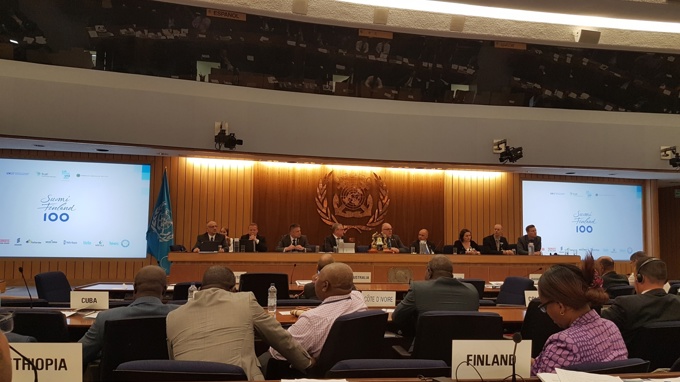Cross-industry collaborations bring autonomous future closer
03 Nov 2017 Reading time calculated text
With decades of experience and multi-disciplinary expertise, MacGregor takes its place at the collaboration table in shaping the industry’s more efficient, safer future and for making unmanned shipping a viable proposition
The world fleet increases with every passing year, as does the number and complexity of systems on individual newbuilds. But at the same time, shipping faces a labour crisis and a widening gap between demand and supply of trained seafarers. Yet, global trade must continue, and the concept of unmanned shipping brings with it the promise of safer operations, using vessels which through machine-learning can become eco-efficient and more operationally-efficient in a way that would be impossible for human crews.
The idea of unmanned shipping has cropped up many times, but is even now often greeted with scepticism. Even only a few years ago when automation had been tried and tested in aerospace and was in the process of being refined in the automotive industry, the topic of autonomous ships was treated as fanciful in many circles and faced a deluge of questions. Would today’s satcom connections have sufficient capacity to enable ships to be operated remotely? Who owns the data? Could crewed and unmanned vessels sail together? What about piracy?
Now, thanks to leaps and bounds in the development of satcom and navigation technologies, these questions are being answered. However, the technology is only at proof-of-concept stage, and autonomous shipping proponents need to work hard to ensure that their technologies are marketable and cost-effective at the outset, as well as economically viable in long-term operation. To achieve this, experts must come together and expertise should be shared at all levels including a place at the authorities’ table.